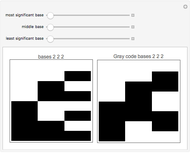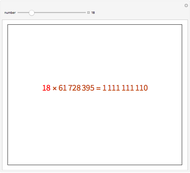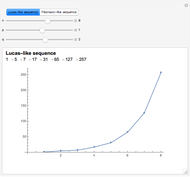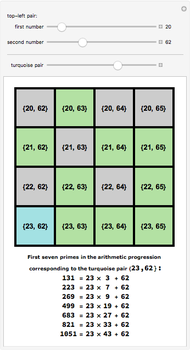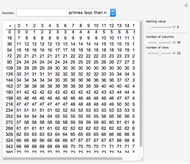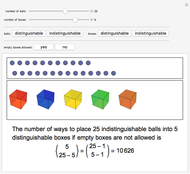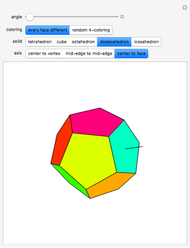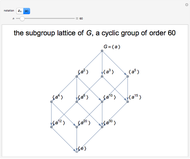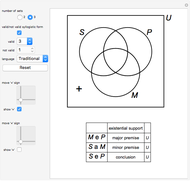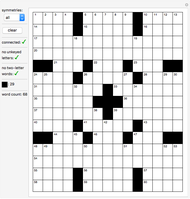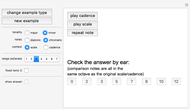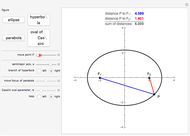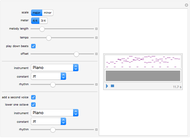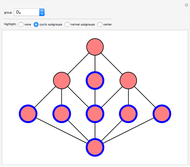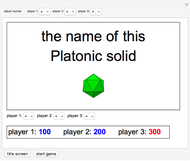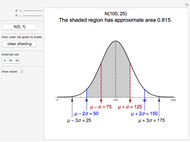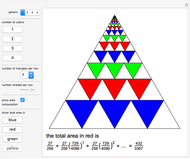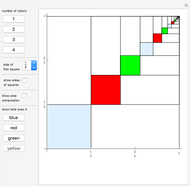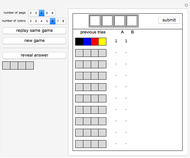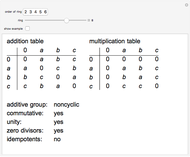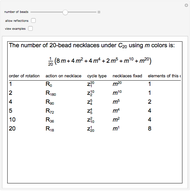Check Digit Schemes

Requires a Wolfram Notebook System
Interact on desktop, mobile and cloud with the free Wolfram Player or other Wolfram Language products.
Identification numbers often have a check digit appended to them in order to help catch copy and transmission errors. Seven common check digit schemes are illustrated here. The "new example" button gives a random identification number of the desired type. Use the popup menu to select the check digit, then check your answer. If your answer is incorrect, you can view the appropriate computation and try again. The "fixed example" and "illustrate error" options show several of the most common errors and allow you to explore whether a given check digit scheme will catch such errors.
[more]
Contributed by: Marc Brodie (July 2011)
(Wheeling Jesuit University)
Open content licensed under CC BY-NC-SA
Snapshots
Details
Reference
[1] COMAP, For All Practical Purposes, New York: W. H. Freeman and Company, 2009.
Permanent Citation


















